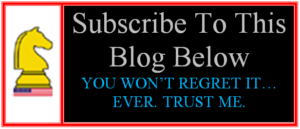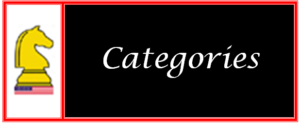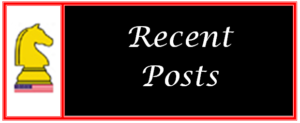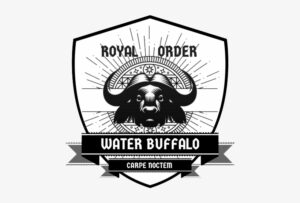(from thebestschools.org)
Democracy
Real-World Example
Iceland had numerous forms of government following its settlement in 874 AD. An independent commonwealth, monarchs, and colonial governments ruled the island for thousands of years. After signing a treaty with Denmark in 1918, Iceland became a fully independent and sovereign state. The county founded its republic in 1944 and has since risen to become one of the world’s highest-ranked democracies through systems of social welfare, universal health care, and tertiary education.
Communism
Real-World Example
The Soviet Union was a one-party, communist state in Northern Eurasia from 1922 to 1991. Most modern communist states embrace Marxism-Leninism, a communist ideology based on Marx and Russian revolutionary and politician Vladimir Lenin’s doctrines. Countries that retain single-party, Marxist-Leninist rulership include Cuba, Laos, Vietnam, and the People’s Republic of China.
Socialism
Real-Life Example
Socialism is the cornerstone of the Scandinavian nations of Denmark, Finland, Iceland, Norway, and Sweden. They all adhere to socialist policies that combine free-market capitalism with extensive public works, including free healthcare, free education, a comprehensive welfare state, and high percentages of unionized workers. This approach essentially combines the collective nature of communism with the private ownership and competitiveness of capitalism.
Oligarchy
Real-World Example
The government that ruled South Africa from 1948 to 1991 was a racially constructed oligarchy. The minority white population exercised dominance and imposed segregation over the nation’s majority Black population, controlling policy, public administration, and law enforcement. Following an anti-apartheid movement, the country adopted a liberal democracy that ultimately gave all ethnic and linguistic groups in South Africa political representation.
Aristocracy
Real-World Example
Aristocracy originated in ancient Greece; the term derives from the Greek word, aristokratia, meaning “rule of the best.” Aristocracies were the dominant governments during most medieval and modern periods across Europe. Aristocrats led major countries, including Britain, Germany, and Russia, until World War I, when other government forms gained popularity.
Monarchy
Real-World Example
Today, 45 nations have some form of monarchy, though the concept has become increasingly diluted with the evolution of democratic principles. In the United Kingdom, Queen Elizabeth II’s role as a monarch is largely symbolic. But monarchs in other countries, including Morocco, Oman, and Saudia Arabia, still have far-reaching political authority.
Theocracy
Real-Life Example
Iran is perhaps the most important and powerful theocratic state in the world today. The ayatollahs — Shiite religious leaders — rule the country. Among them is a “supreme leader” who serves as head of state, delegates authority to other religious leaders, and presides over the elected president. The Sharia — the Islamic faith’s primary legal doctrine — dictates the country’s legal, judiciary, and administrative codes.
Colonialism
Real-World Example
In the 15th century, European monarchies launched an age of nautical exploration that led to several notable colonial governments. British, French, Spanish, and Dutch colonists spread their influence and authority throughout the New World, dismantling and sometimes eradicating entire cultures and peoples in the process. One of the most familiar cases is the thirteen colonies, established after North America’s colonization by Britain beginning in 1587 and later founded as the United States of America.
Totalitarianism
Real-World Example
Although North Korea labels itself as the Democratic People’s Republic of Korea, it acts as a totalitarian state. Kim Jong-un, the third “supreme leader” in the country’s Kim dynasty, rules with singular and unchallenged authority, commanding his public without political opposition. Criticism of the supreme leader or protest against his policies are crimes punishable by death, as are countless other crimes for which due process does not occur.
Military Dictatorship
Real-World Example
There are about 50 nations in the world with a dictator. One of them is Thailand, where General Prayut Chan-o-cha took power in 2014 following widespread protests against the government. Chan-o-cha declared martial law, dissolved the nation’s senate, and placed himself in control. Since then, Thailand has persisted under dictatorial military rule. The military junta, called the National Council for Peace and Order, imposes nationwide curfews, forbids political gatherings, threatens arrest for political opponents or activists, controls the media, and enforces widespread internet censorship.

























